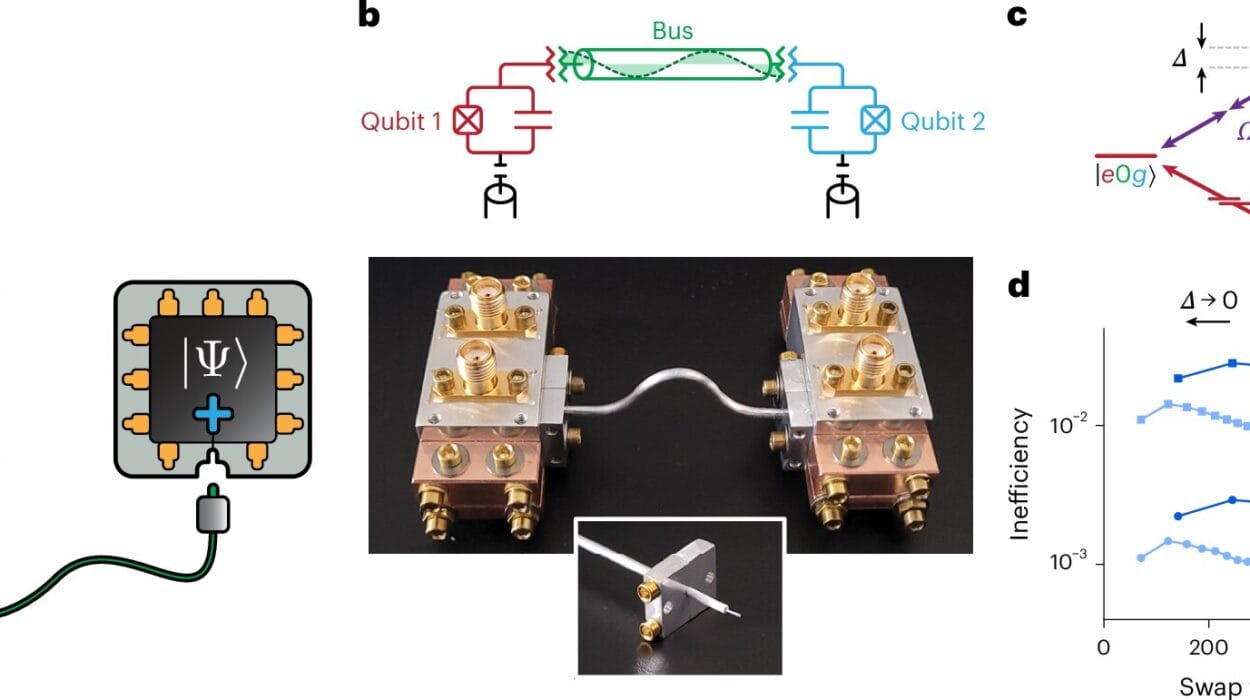The story of every data science model begins with a spark of curiosity — a question that begs for an answer. It might be a retail manager wondering how to predict sales next quarter, a hospital seeking to forecast patient admissions, or a self-driving car engineer aiming to make sense of streams of sensor data. In the beginning, it feels like a laboratory experiment. The data scientist sits in front of a screen, shaping messy data into something coherent, testing algorithms, and finding patterns that promise insight.
This stage — the prototyping phase — is often intoxicating. The world feels like a sandbox where anything is possible. A few lines of code can turn random data points into a predictive curve; a well-tuned algorithm can spot patterns invisible to the human eye. But this is only the visible tip of the iceberg. Beneath it lies the true challenge: transforming this fragile creation into something reliable enough to survive in the chaotic, unpredictable, and often unforgiving world of production.
Moving a model from prototype to production is like taking a handmade prototype car out of the workshop and putting it on a crowded highway. The difference between success and disaster lies in preparation, engineering, and an unflinching look at reality.
Understanding the Prototype Stage
When a model is still a prototype, the environment is controlled. Data sets are cleaned, missing values are handled with care, and any anomalies can be patched manually. The model runs in the warm comfort of a data scientist’s local machine or a cloud notebook, free from the interruptions and complications of live data feeds.
Here, creativity thrives. Data scientists experiment with different algorithms, from linear regression to deep neural networks, searching for the balance between accuracy and interpretability. They split data into training and validation sets, run hyperparameter tuning, and visualize results. The model is judged by metrics such as accuracy, precision, recall, F1-score, or mean absolute error. At this stage, the model’s world is idealized — a bubble where noise is limited, latency is irrelevant, and the dataset is a carefully curated representation of the real world.
But the real world rarely behaves like a laboratory experiment. Data in production is messier, distributions shift over time, and unexpected inputs appear without warning. The true test of a model’s value is not how it performs on a clean test set, but how it responds to this unpredictable reality.
The First Hurdle: Bridging the Gap Between Lab and Reality
Transitioning from prototype to production forces a mindset shift. In the lab, the goal is performance on historical data. In production, the goal is consistent, reliable performance over time — even as data drifts and systems evolve.
One of the most underestimated challenges is the difference between batch processing and real-time or near-real-time prediction. A model trained on monthly aggregated data might perform brilliantly in a research notebook but stumble when faced with real-time streaming data where delays, missing values, and unexpected formats are the norm.
This is where software engineering meets data science. A model isn’t just a collection of equations — in production, it is part of a living system. It must interface with APIs, handle concurrent requests, scale to thousands or millions of users, and integrate seamlessly into existing business workflows.
Data Pipelines: The Lifeblood of Production Models
A production-ready model is only as good as the data flowing into it. In the prototype stage, data might be loaded from a single CSV file. In production, data often comes from multiple sources: transactional databases, event logs, sensor readings, or external APIs.
These streams need to be cleaned, transformed, and validated before they touch the model. This is the role of the data pipeline — the set of processes that ensures raw data becomes reliable, standardized input. In production, pipelines are built with robust tools: Apache Kafka for streaming, Apache Airflow for workflow orchestration, or cloud-native solutions like AWS Glue and Google Cloud Dataflow.
Every stage of the pipeline must be monitored. If a data source changes format or starts producing incomplete values, the pipeline must detect the anomaly and respond gracefully — either by alerting engineers, substituting defaults, or pausing predictions until the issue is resolved. Without this vigilance, even the most accurate model can degrade silently, leading to bad decisions and lost trust.
Versioning Models and Data
In the software world, version control is second nature. But in machine learning, it’s not enough to version the code — you must also version the data and the model itself. This is because a model’s behavior is shaped not just by its algorithm but also by the exact data it was trained on.
Tools like DVC (Data Version Control) or MLflow make it possible to track which dataset and hyperparameters produced a given model. This traceability is essential when a production model’s predictions are questioned. Without it, reproducing results can be like chasing smoke.
Versioning also enables controlled rollouts. Instead of replacing a production model all at once, engineers can run A/B tests, compare new and old models on live traffic, and make data-driven decisions about upgrades. This is the difference between experimentation and engineering discipline.
Deployment Architectures: Finding the Right Fit
There is no single way to deploy a data science model. The architecture depends on the use case, latency requirements, and infrastructure constraints.
For some applications, batch deployment works best: the model processes large datasets at scheduled intervals, such as generating daily fraud risk scores. For others, real-time APIs are essential: a recommendation engine must respond instantly when a user clicks, a voice assistant must process speech as it happens, and a self-driving car must make split-second decisions.
Cloud platforms like AWS SageMaker, Google AI Platform, and Azure Machine Learning offer managed deployment environments. On the other hand, containerization with Docker and orchestration with Kubernetes give organizations full control over scaling and fault tolerance.
The choice isn’t just technical — it reflects business priorities. A healthcare system processing sensitive patient data might prioritize privacy and on-premises deployment, while a global e-commerce platform might focus on rapid cloud scaling.
Monitoring in Production: The Watchtower
Once a model is live, the work has only begun. Unlike traditional software, machine learning models can “drift” over time. This drift occurs when the statistical properties of the input data change — a phenomenon known as data drift — or when the relationship between inputs and outputs evolves, known as concept drift.
Monitoring tools must track both technical metrics (latency, uptime, error rates) and model-specific metrics (accuracy, precision, recall on recent data). Dashboards provide a real-time view, but alerts are equally important. A sudden drop in accuracy or spike in input anomalies should trigger investigation before the issue escalates.
In mission-critical systems — think autonomous vehicles or financial fraud detection — monitoring isn’t just about performance; it’s about safety and compliance. Regulations may require models to log every prediction, the data that fed it, and the reasoning behind it.
The Human Element: Collaboration and Communication
A successful deployment is rarely the work of a lone data scientist. It’s the product of collaboration between data engineers, software developers, DevOps teams, product managers, and sometimes compliance officers. Each brings expertise that shapes the model’s real-world behavior.
Equally important is communication with stakeholders. A business leader might ask why the model’s predictions changed from one week to the next. A regulator might demand an explanation of how a decision was made. For models deployed in sensitive domains like healthcare or criminal justice, explainability is not a luxury — it’s a legal and ethical obligation.
Scaling for the Future
Once a model proves its value in production, demand often grows. More users want access, more data streams feed the system, and new use cases emerge. Scaling a machine learning system isn’t just about adding more servers — it may require redesigning pipelines, retraining models on distributed systems, or migrating to more powerful cloud architectures.
Some organizations adopt MLOps practices — the machine learning equivalent of DevOps — to automate training, testing, deployment, and monitoring. The goal is to make model deployment repeatable, reliable, and fast. With MLOps, updating a production model can become as routine as deploying a new web service.
The Emotional Arc of Deployment
Deploying a data science model is as much an emotional journey as a technical one. The early days bring excitement and optimism. The middle stages often feel like a slog through complexity: debugging pipelines, chasing down obscure errors, and reconciling conflicting requirements. And when the model finally goes live, there’s both pride and anxiety. Pride in the craftsmanship that brought an idea to life — and anxiety that the unpredictable real world will test it in ways no prototype ever could.
Over time, the model becomes part of the organization’s heartbeat. It influences decisions, generates insights, and in some cases, directly interacts with customers. The data scientist learns to see it less as a static product and more as a living system — one that needs care, feeding, and adaptation to thrive.
Conclusion: From Idea to Impact
The journey from prototype to production is where data science proves its worth. A model in a research notebook may be elegant, but it changes nothing until it’s woven into the fabric of decision-making. Deployment is the bridge between insight and impact, between the controlled environment of the lab and the chaotic reality of the world.
In this journey, success comes not just from technical skill, but from humility — the humility to expect the unexpected, to listen to feedback from both machines and people, and to treat the model not as a finished artifact but as an evolving partner in solving real-world problems.
When done well, deploying a data science model is not the end of the process but the beginning of a long, rewarding dialogue between data, technology, and the human needs it serves.






